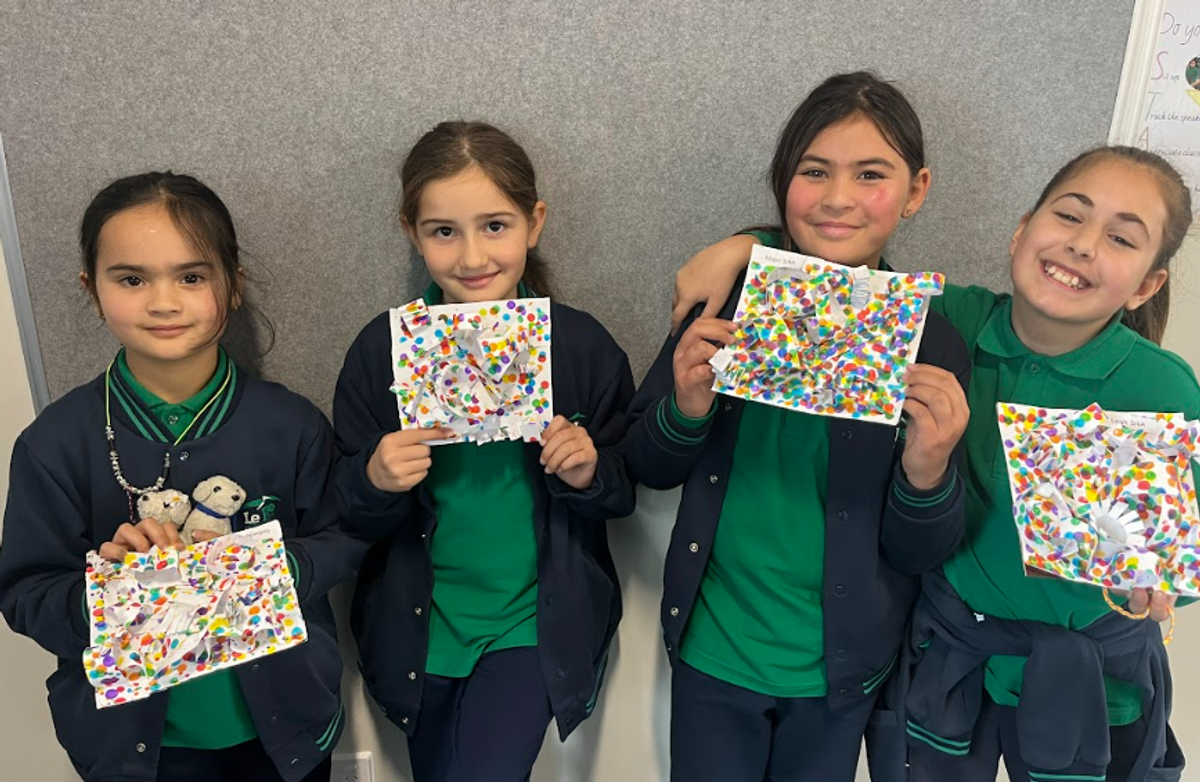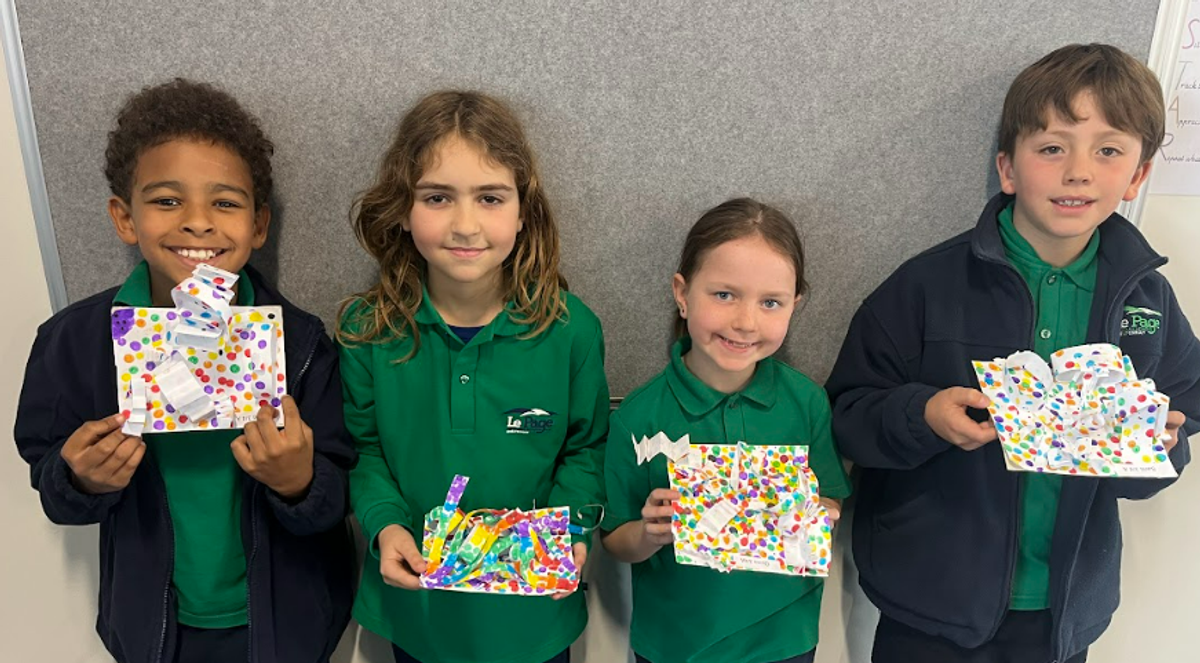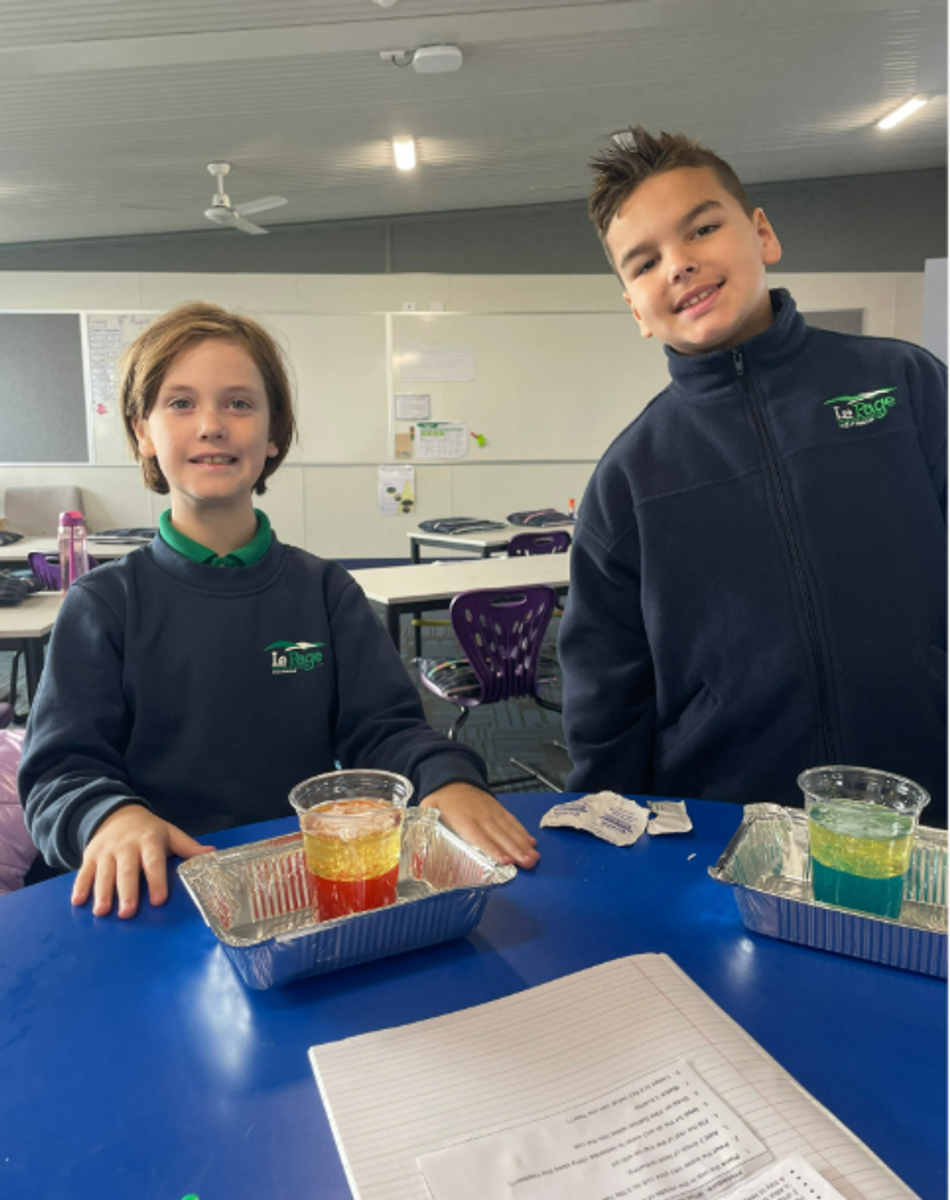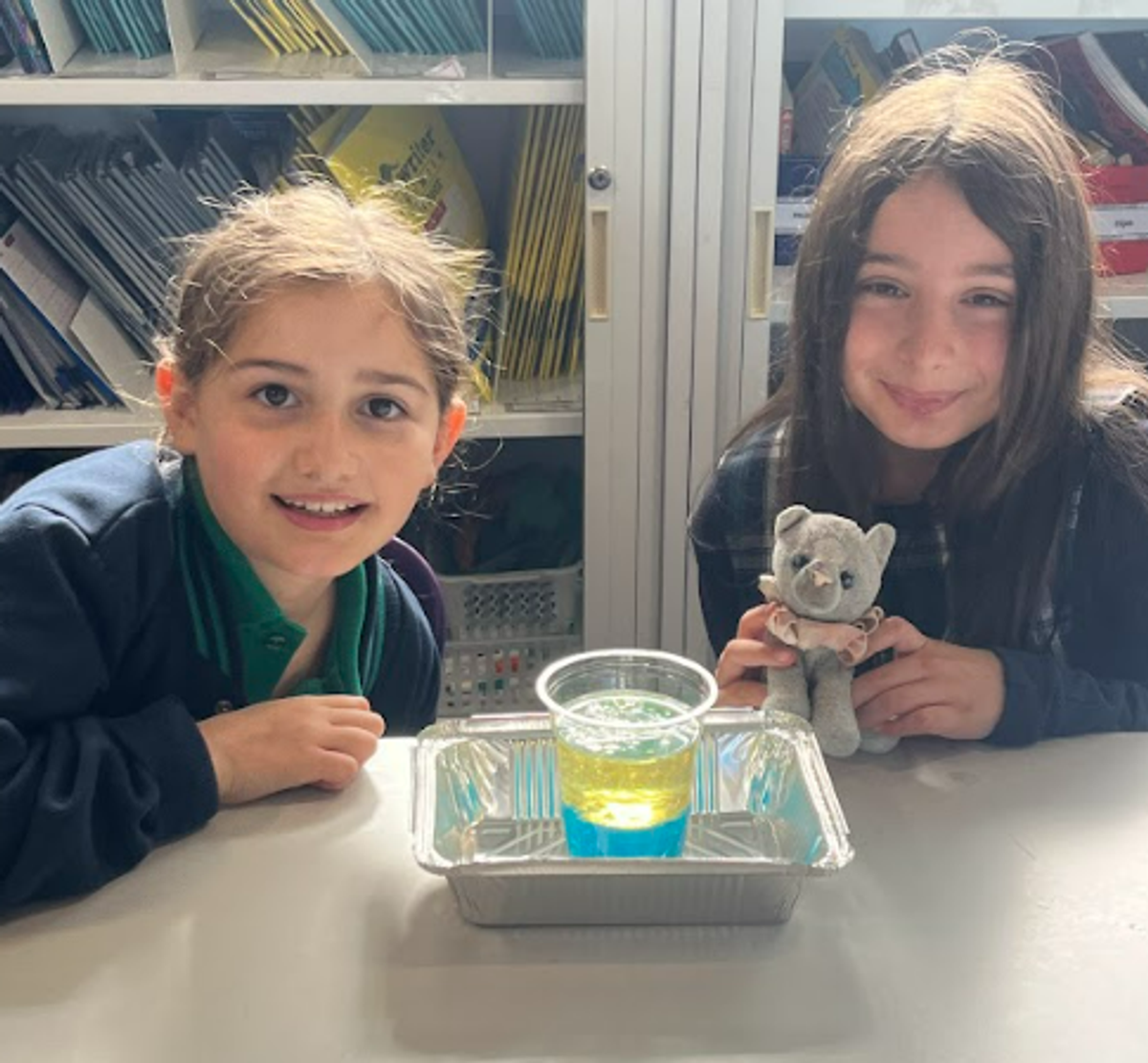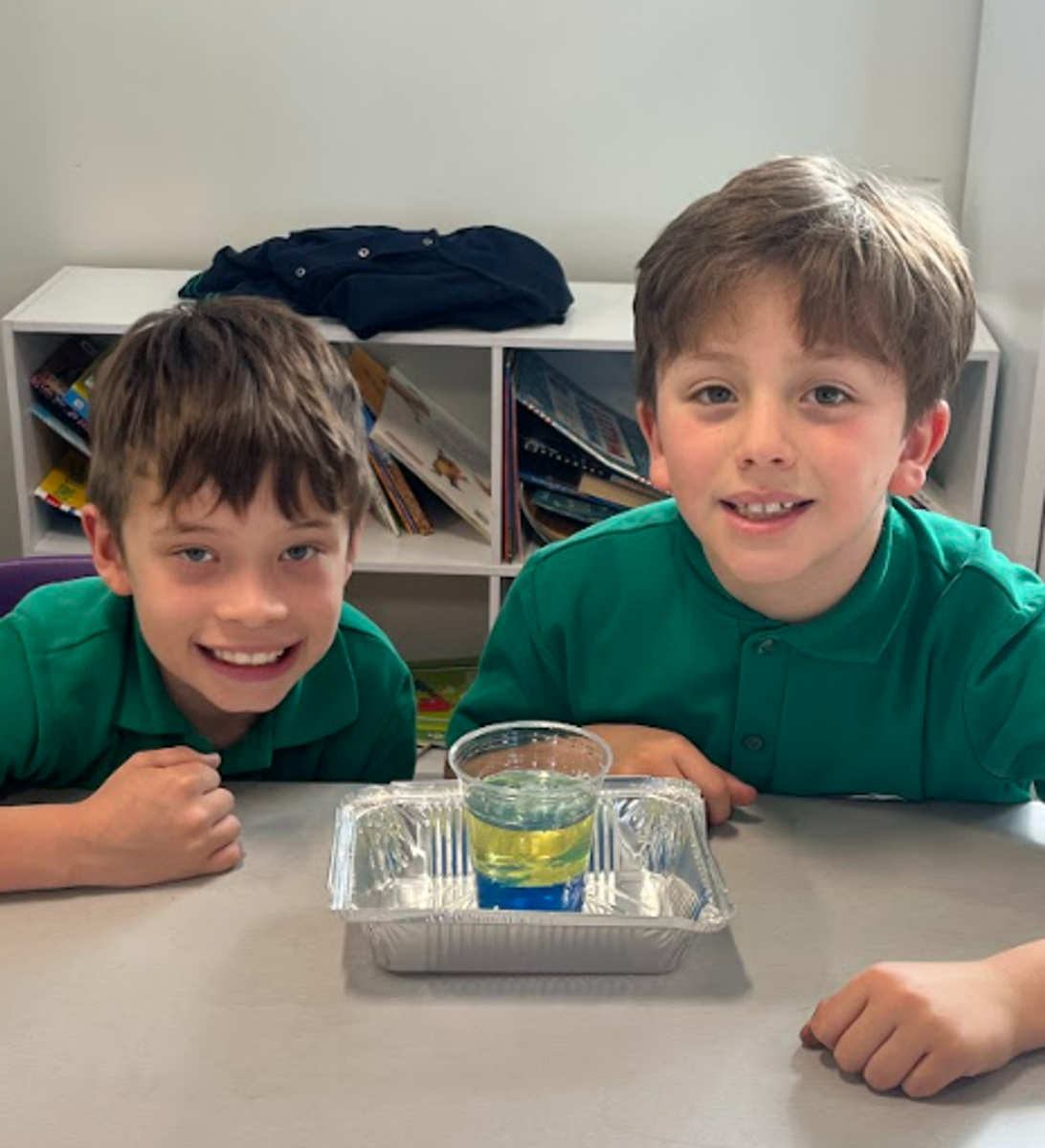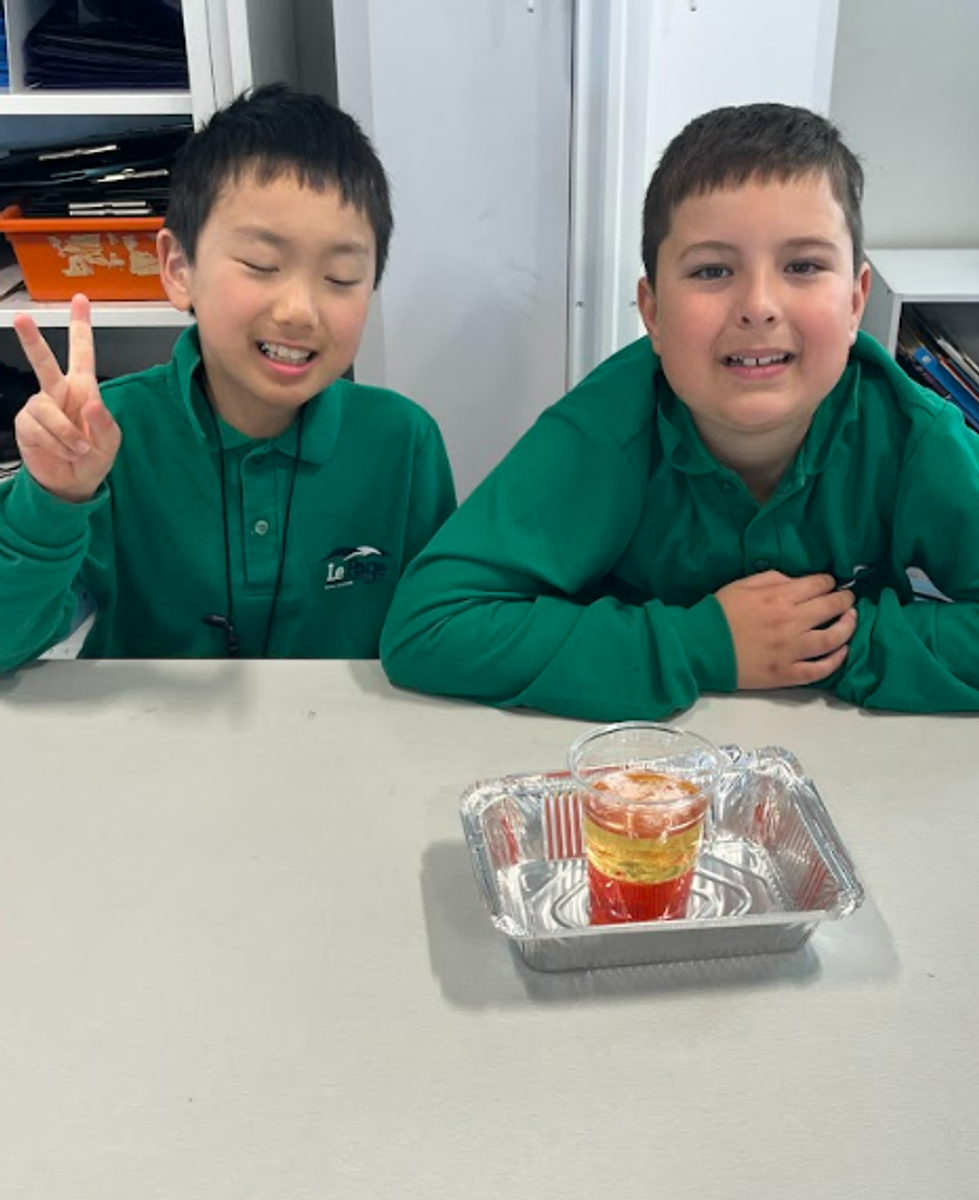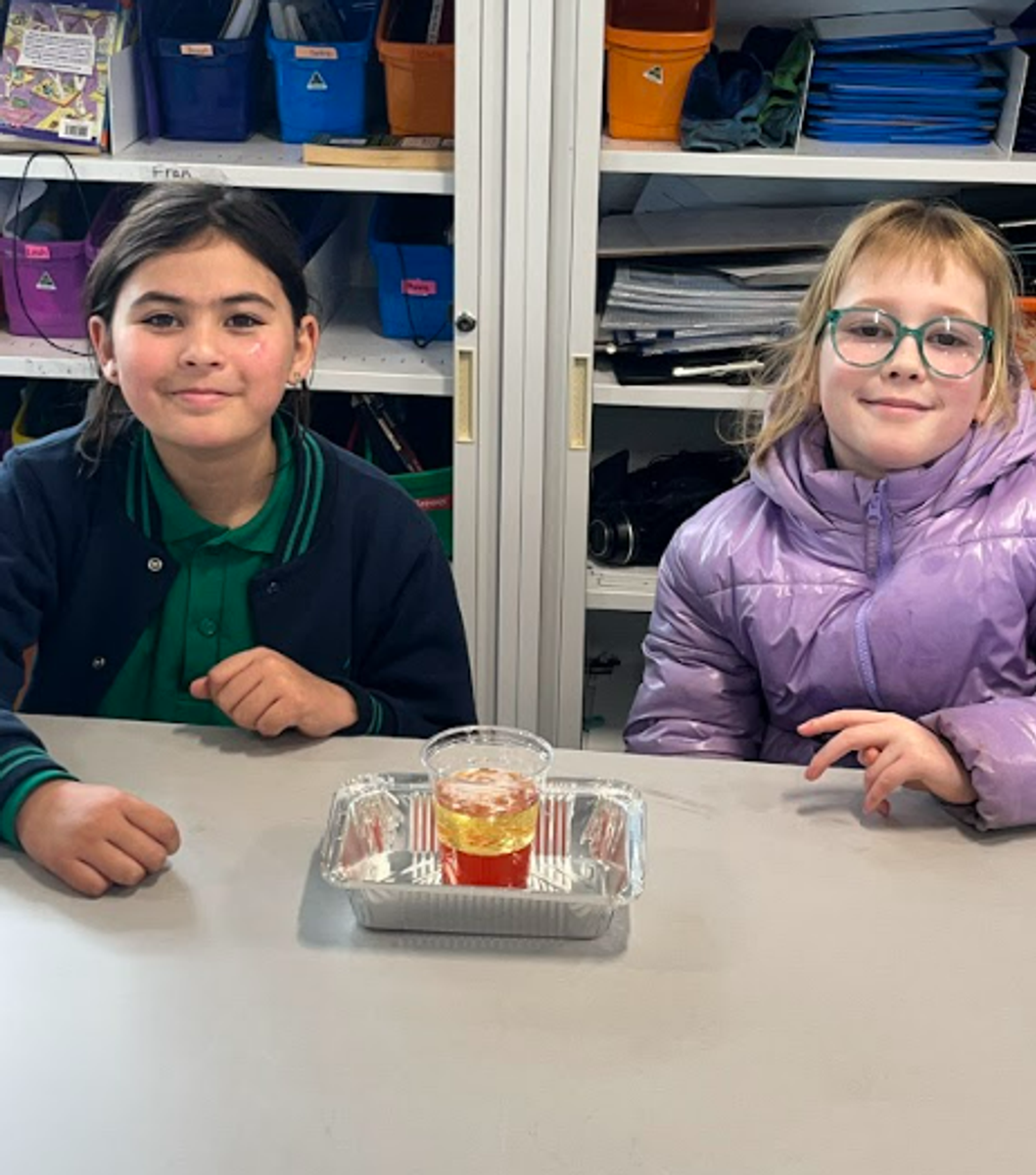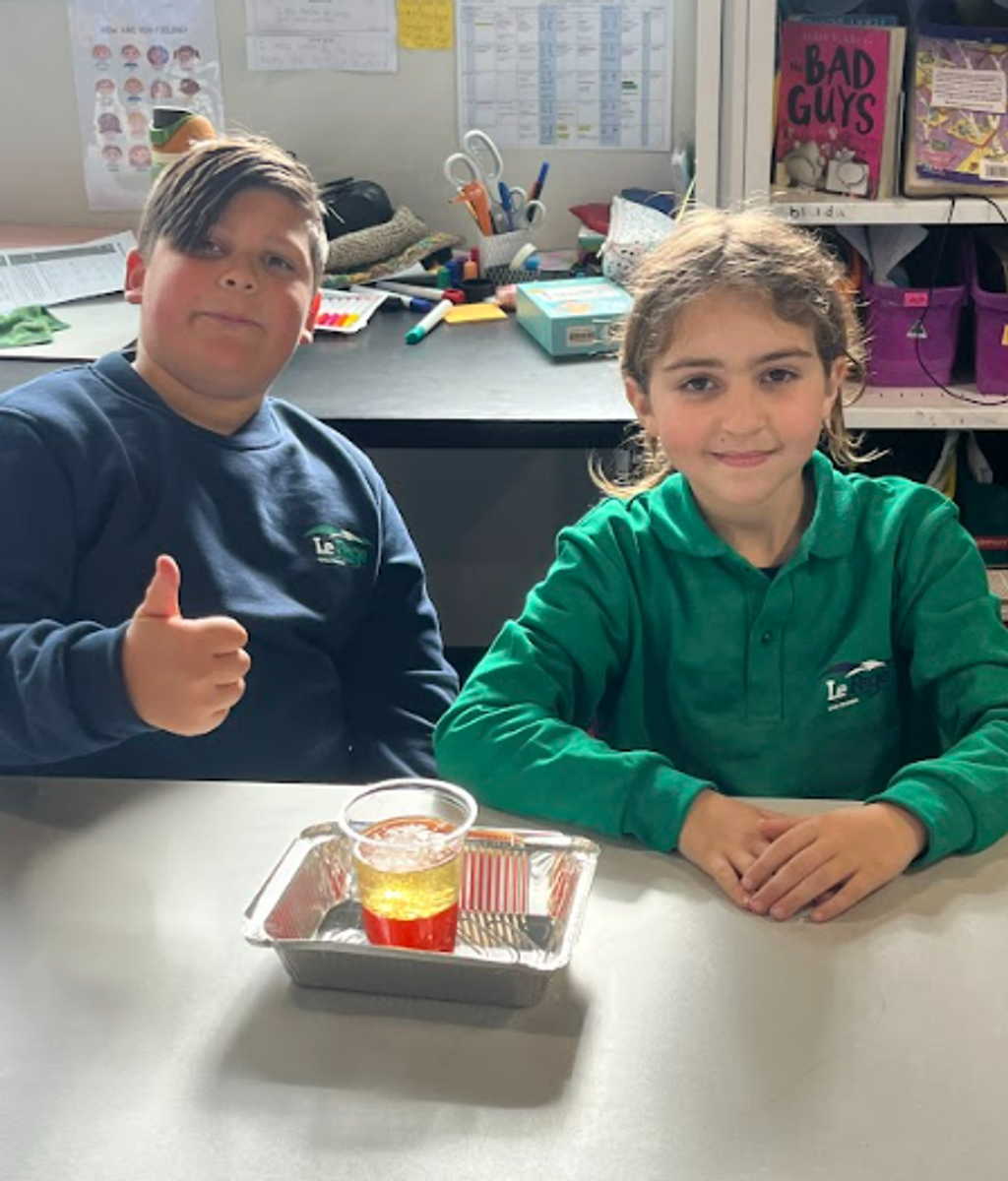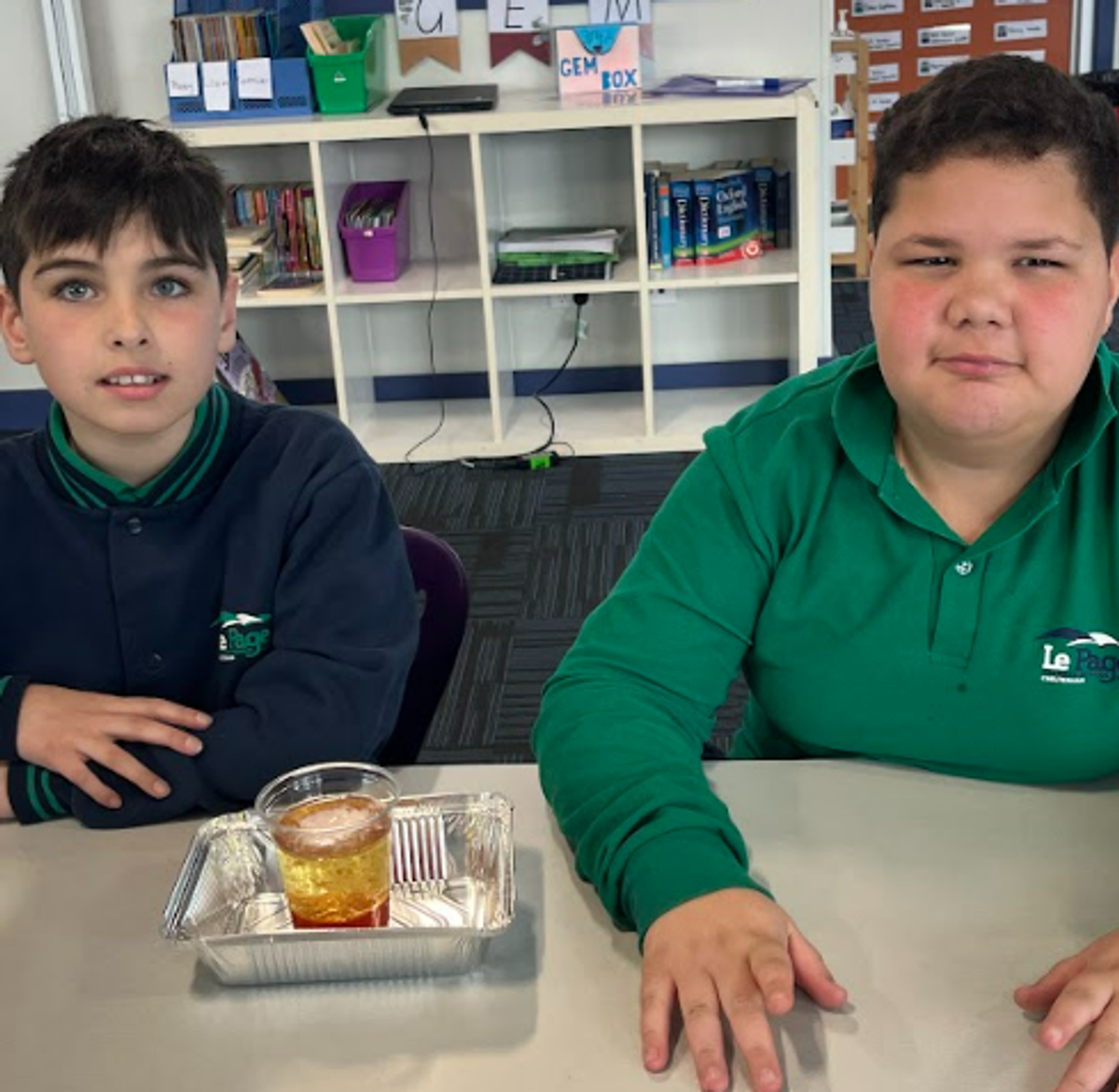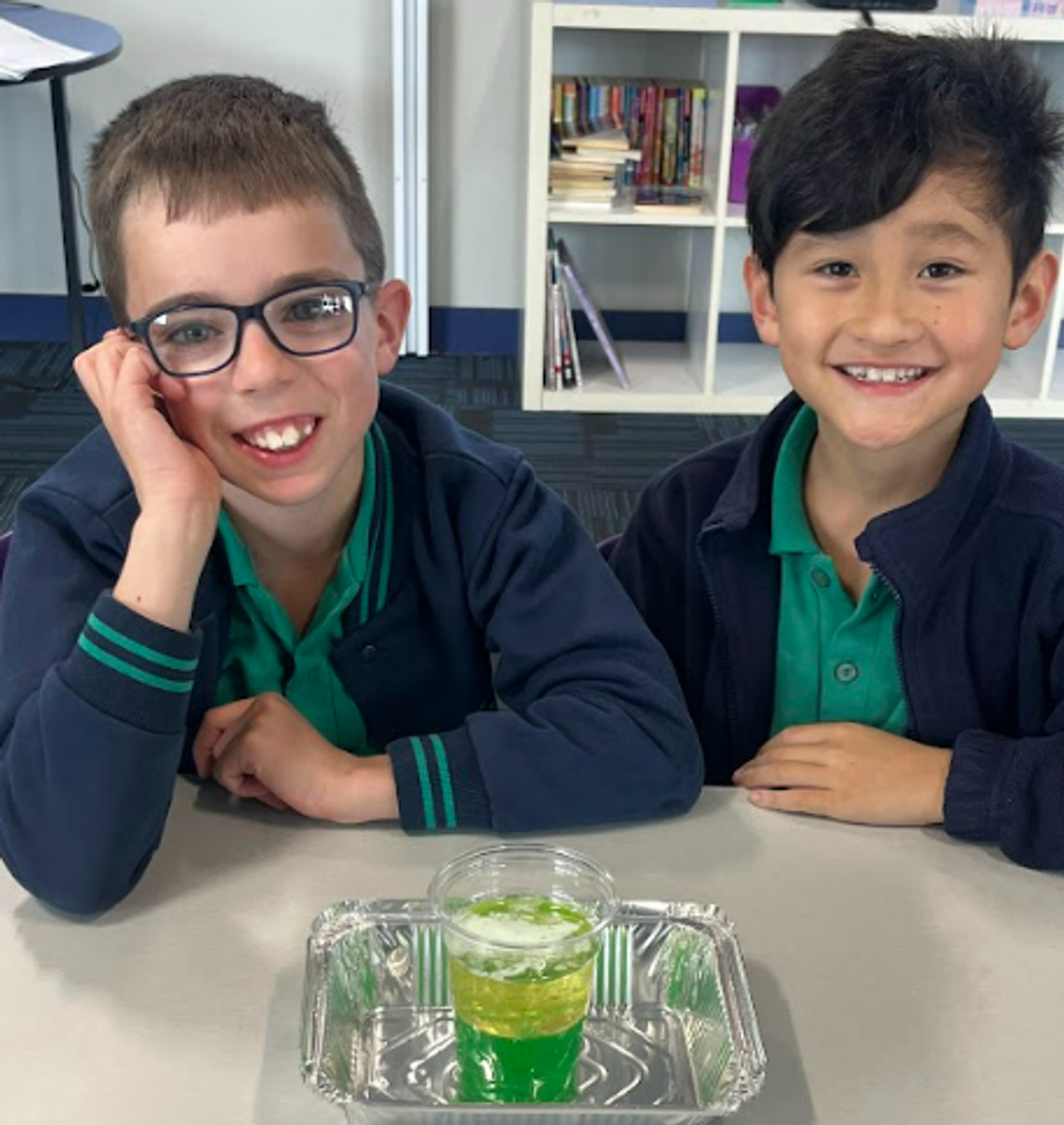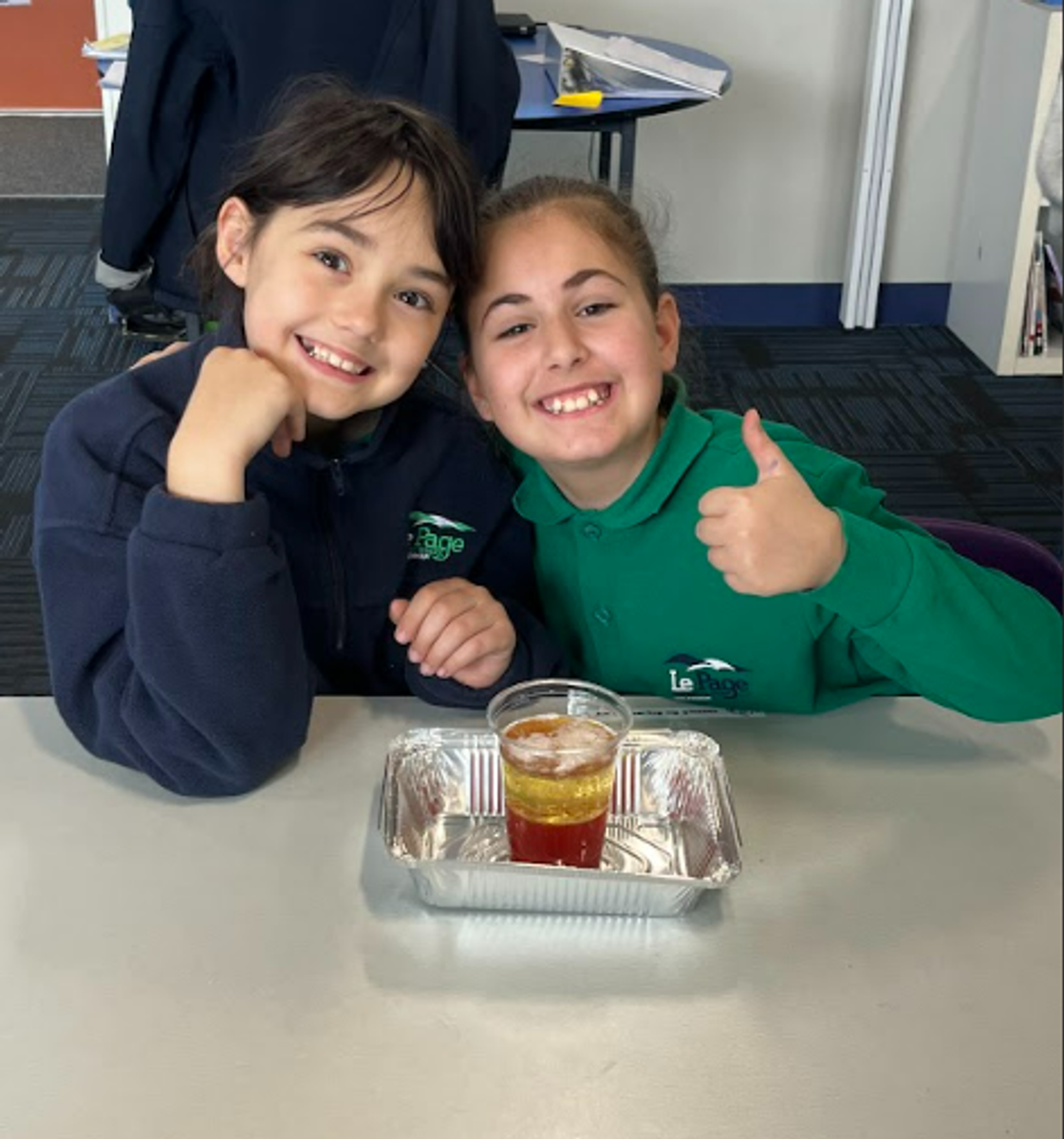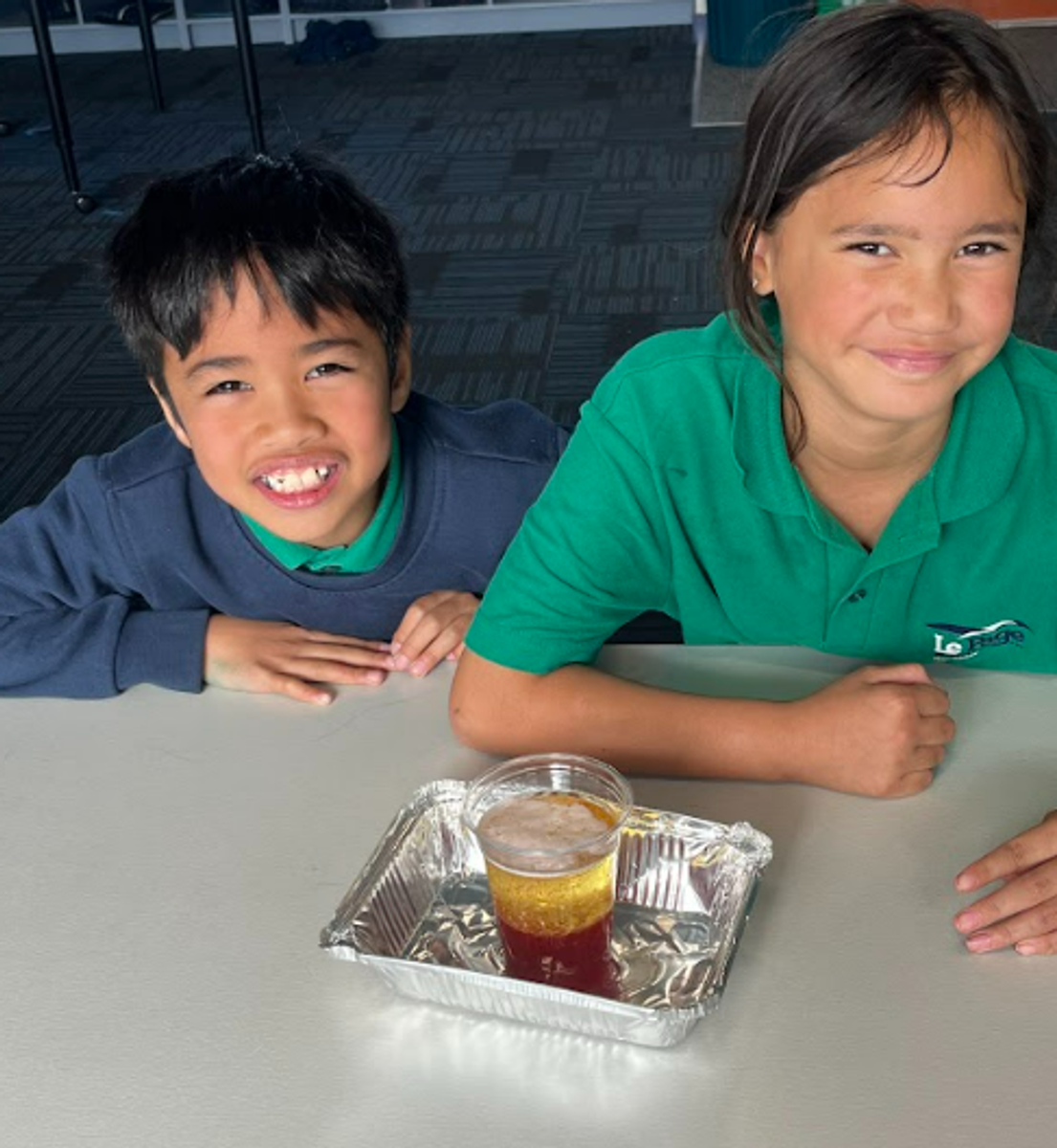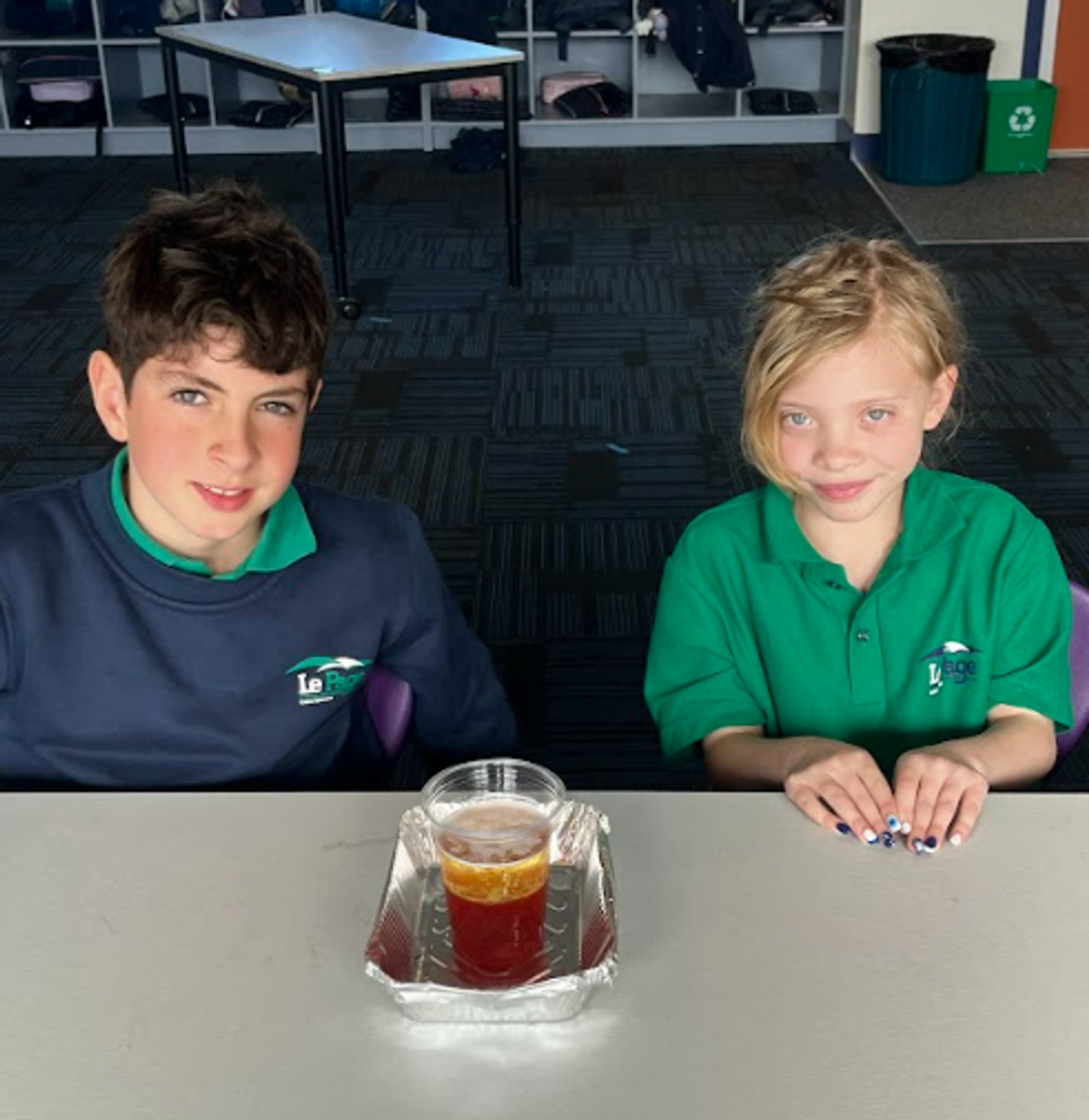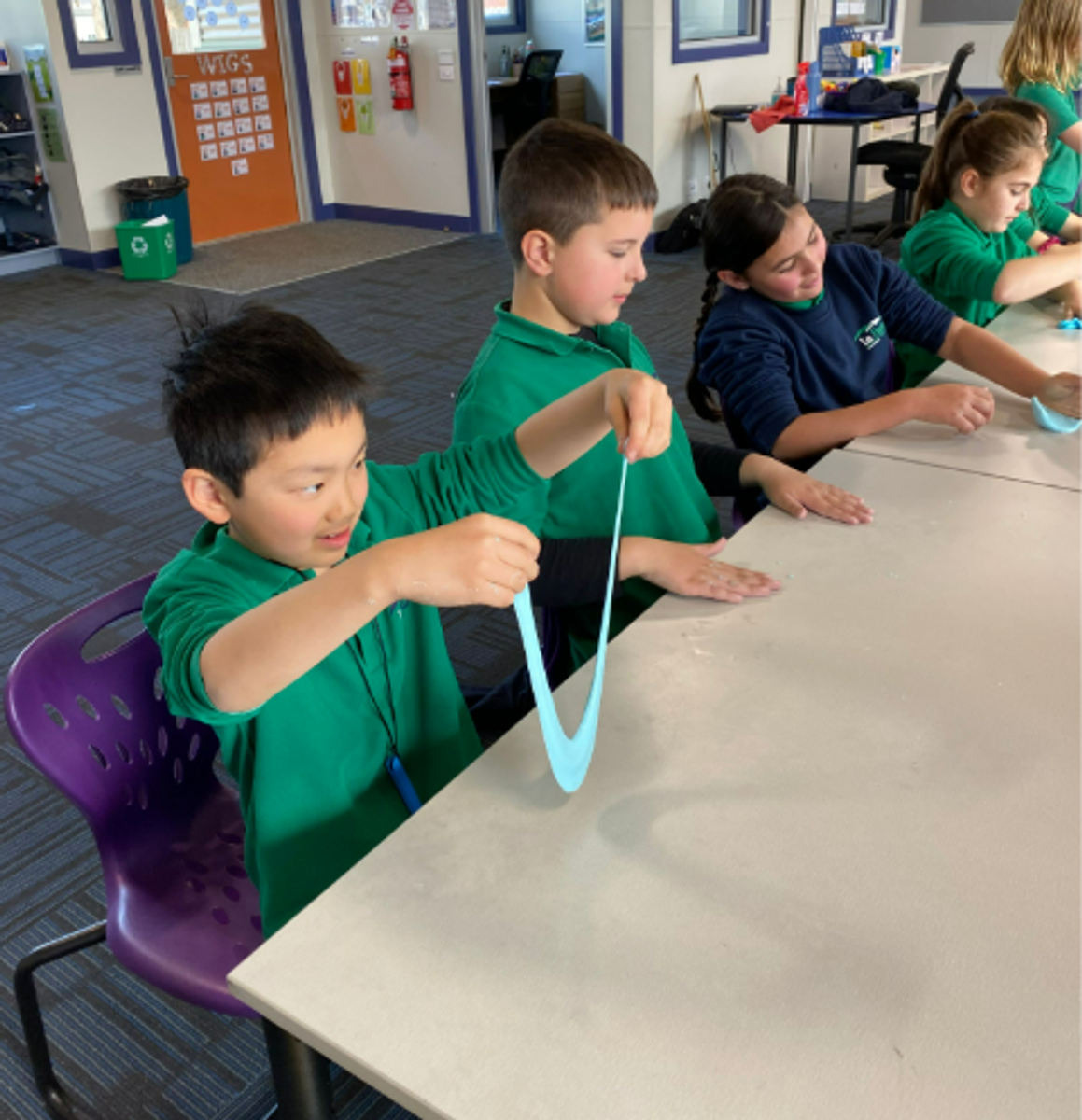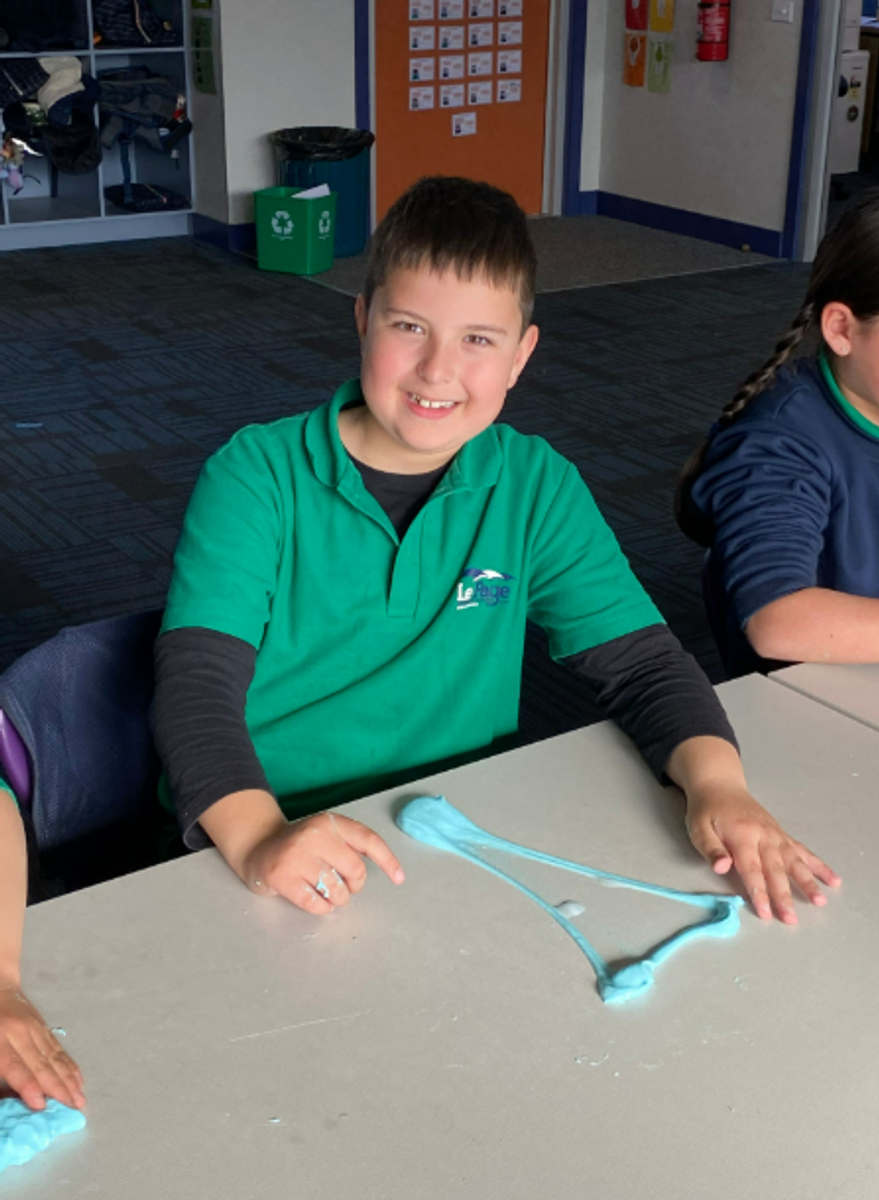Fantastic 3/4
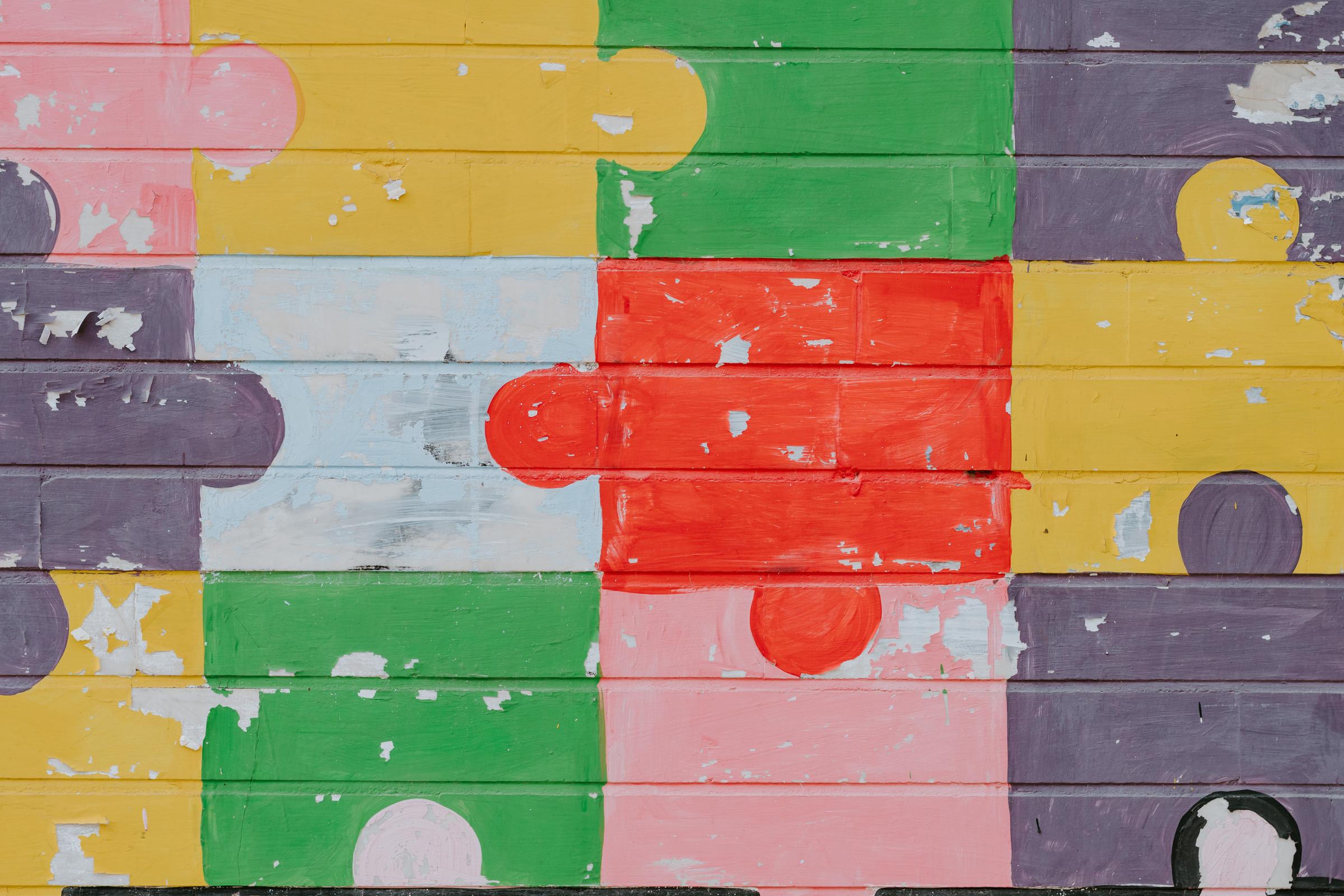
Term 3 Week 4
3/4 Newsletter
Welcome to Week 4 of Term 3!
Literacy:
Over the past two weeks, students have continued learning about the structure and features of a scientific report. They are now practising writing each component independently, including the question, hypothesis, materials, procedure, results, and reflection. In Week 3, the students created lava lamps and wrote their own question and hypothesis. In Week 4, they made ghost gloves and independently completed a full scientific report.
Phonics:
In phonics, students have been working on open syllables. An open syllable is a syllable that ends with a single vowel, and the vowel usually makes its long sound (saying its name). For example, in the word tiger, the first syllable “ti” ends with the vowel “i”, which says its long sound. Other examples include robot, paper, and music.
Phonics focus for the term:
Week | Focus | Examples | |
| Week 1 | Rabbit pattern | rabbit , ribbon | |
| Week 2 | Rabbit and not rabbit pattern | cubby , habit | |
| Week 3 | Open syllables & GG | student, paper, museum, jogging, baggage | |
| Week 4 | Open syllables & GG | final, begged, begging | |
| Week 5 | Open syllables vs Rabbit pattern | apron, bacon, yellow, dollar | |
| Week 6 | ORS | four, pour, floor, flaws | |
| Week 7 | "i" not at the end rule | mystery, inquiry ,archery | |
| Week 8 | "i" not at the end rule | misery, discovery, memory | |
| Week 9 | Review Week |
Maths:
In Maths, students have been building their understanding across key concepts. Year 3 students have been exploring time, learning to tell time to the minute and to convert between analogue and digital formats. Year 4 students have been revising multiplication and division, with a focus on using written algorithms for vertical multiplication. Across both year levels, students are developing their problem-solving skills and growing in confidence with these core number concepts.
Science
This term in Science, Year 3/4 students will be exploring the fascinating topic of Earth’s rotation and the solar system. Throughout the unit, students will learn what causes day and night, the difference between Earth’s rotation and revolution, and how time zones work around the world. They will investigate the relative sizes and positions of the Sun, Earth, and Moon, and develop a deeper understanding of sunrise, sunset, and the changing seasons. Later in the term, students will explore the planets of our solar system in more detail, collecting interesting facts and engaging in note-taking and research. The unit will conclude with a creative project where each student will design and build a 3D diorama of a chosen planet, showing its position in the solar system and sharing fun facts. This hands-on task allows students to demonstrate their learning through both creativity and presentation.
Extra Announcements:
- Please email your child’s classroom teacher any photos from home that they would like to add into their Leadership binder.
- 7 Habits Family Bingo is due back in week 9, there are many amazing prizes to be won!
- Homework is sent home each Friday and collected the following Friday. If there are any questions or concerns about the homework, please don’t hesitate to contact your child’s classroom teacher.
- Please return camp forms by Friday the 29th August
- Hats are not required in Term 2, but are still recommended.

